While local authorities are faced with the problem of how to provide public transport to rural areas in the face of large budgetary challenges and a shrinking commercial network, many of them have been cautious about getting onboard with transport options powered by new technology. How can a small number of vehicles serve such sprawling areas? Can software be configured to such unique local circumstances? Will passengers who prefer to pre-book be guaranteed a ride when they need it? Surely digitising DRT will cause costs to skyrocket? Will new schemes compete with commercial routes?
Below are five of the most common concerns we’ve heard when considering a digital DRT program in rural public transport services in the UK, along with local Via partners who have overcome these challenges to deliver high-quality, cost-effective service to rural communities.
MYTH 1: “Digital DRT only works within a smaller service zone and can’t run across a larger territory.”
REALITY: Technology enables innovative and detailed service zone design for larger areas.
The use of modern planning software like Via’s Remix allows you to visualise demographic and economic data, existing commercial routes, and points of interest, facilitating the planning of uniquely configures service zones to ensure that local communities can travel to important locations (such as train stations, hospitals and supermarkets) outside their main service zone while maintaining good quality of service.
In the industrial area of Tees Valley in the UK, the local transport authority faced a daunting challenge: providing transport services to a rural area of almost 500 km2 that had previously been a public transport desert, with just 9 vehicles. Delivered by Stagecoach, with booking and routing software provided by Via, the Tees Flex digital DRT service runs in three principal areas, but passengers can travel to key destinations outside the main service zones. The service now provides roughly 1,500 journeys per week to a user base of nearly 10,000 in the local community. Where before local communities didn’t have any access to public transport at all, the average wait time for a Tees Flex vehicle is only 22 minutes.
MYTH 2: “Digital DRT is a one-size fits all software solution and cannot be configured to meet specific rural and local needs.”
REALITY: Technology facilitates flexible service design
A single digital DRT platform can be leveraged to support multiple discrete service zones throughout a region. Each of these discrete zones can be designed and implemented in collaboration with its local authorities and operators. Digital DRT is a commercial and digital infrastructure that facilitates the implementation of local solutions. Moreover, the number of services supported by the platform can evolve and expand, adding more zones over time.
Across Wales, local communities now have access to fflecsi: a country-wide digital DRT bus service. Under the administration of Transport for Wales, the program leverages Via’s software to support 12 distinct service zones throughout the country (with 3 more to launch this year) – in a combination of rural, suburban and urban settings. Each service zone is designed in partnership with the relevant local authority and has its own goals and design, with on-demand, pre-booked, and hybrid service models connecting passengers to jobs, appointments, and fixed-route options. Across the program, fflecsi delivers approximately 5,000 rides a week.
MYTH 3: “To avoid longer waiting times and detours in rural settings, pre-booking can often be a better option for passengers — but digital DRT only works in response to real-time requests and cannot guarantee a pre-booked ride.”
REALITY: Digital DRT platforms can include both on-demand and pre-booking options with guaranteed rides.
Simulation exercises and live service data can help local authorities refine their demand-responsive networks, indicating where pre-booked and on-demand services will work best. The pre-booking settings can also be configured to match the local circumstance. For example, one service zone may always want to allow for booking up to a week in advance of a ride, while another may want to adjust the length of allowable pre-booking windows based on passengers’ pickup locations, ensuring that vehicles can be allocated appropriately to remote regions as needed while maintaining higher overall quality of service across the service.
With both the TeesFlex and fflecsi services, passengers can pre-book their rides. A booked ride is always guaranteed, and passengers can set a required “arrive by” time so that they can make sure to not arrive late. In the case of TeesFlex, passengers can pre-book recurring rides so that they only need to request a regular set of rides once. For example, if a passenger knows they need to travel to a recurring doctor's appointment, they do not need to re-book this service every week. Passengers can have peace of mind as they receive automatic communications with any important reminders or updates from the operating platform.
MYTH 4: “Digital DRT can’t be deployed in rural areas without increased costs.”
REALITY: The flexibility of digital DRT means that you can get creative with how you cover – or even reduce – your costs for subsidised transport. For example, efficient adoption of the app to make bookings can reduce the costs of operating a contact centre. You can also replace and combine multiple existing subsidised services into one joint service, ensuring more efficient use of vehicles and funds.
In Lincolnshire, Via’s technology supports the ConnectBus DRT service, which operates six days a week, mainly in rural areas. Here the DRT service has been combined with a school service, where some vehicles are reserved for school journeys only during peak hours but then made available for the wider DRT service for the rest of the day. Lincolnshire County Council has been able to reduce some operating overhead costs due to good adoption of the app to make bookings.
In another example, the MK Connect service in Milton Keynes has proven a cost-effective option for the local authority. MK Connect is expected to save the council at least £1m annually when compared to the subsidised fixed-route services it has replaced. Even better, the council is achieving these cost-savings while also pursuing carbon-neutrality through the introduction of a majority-electric fleet – which over time will reduce dependency on increasingly expensive fuel.
MYTH 5: “Digital DRT will compete with commercial bus routes that do exist, which can harm the local economy and discourage patronage of the wider public transport network.”
REALITY: Digital DRT services can complement and augment high-capacity commercial bus routes, rather than compete with them. Digital DRT can be fully integrated with a commercial bus network, so that only journeys that can no longer be made by bus are transferred to DRT services.
With the fflecsi service in Wales, users can view multiple modes of transportation in a single application with proposals for both available fixed routes and DRT journeys. The user can then choose which service is the most convenient to them. Where a fixed route is available, this is always included in the proposal.
Taking this a step further, the MK Connect service in Milton Keynes prioritises commercial proposals when they are available. If a fixed-route service is the most efficient option for a passenger’s proposed journey, they are directed toward the nearest bus stop. Only if fixed lines are not capable of meeting their trip request will a DRT option be shown. This technology configuration can be applied to any service, including in rural settings.
Digital DRT for the future of rural transport.
Rural and suburban communities have taken advantage of modern mobility solutions and overcome their historic transport challenges. These real-life examples demonstrate the power of tech-enabled public transport’s efficiency, quality of service, and impact on bringing passengers back to shared public transport. Despite any perceived roadblocks, digital DRT is proven to be a flexible solution that – if done right – can fit seamlessly into communities of all sizes. The future of rural mobility is digitised.
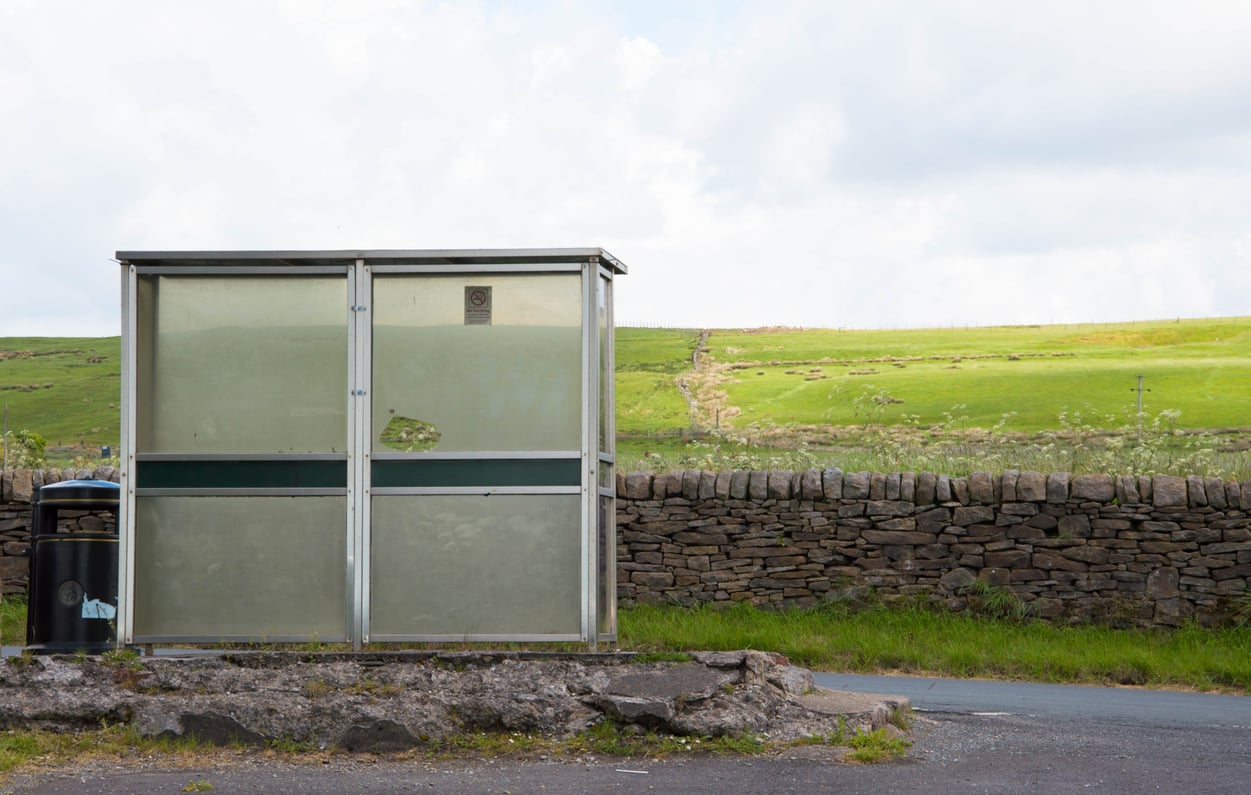
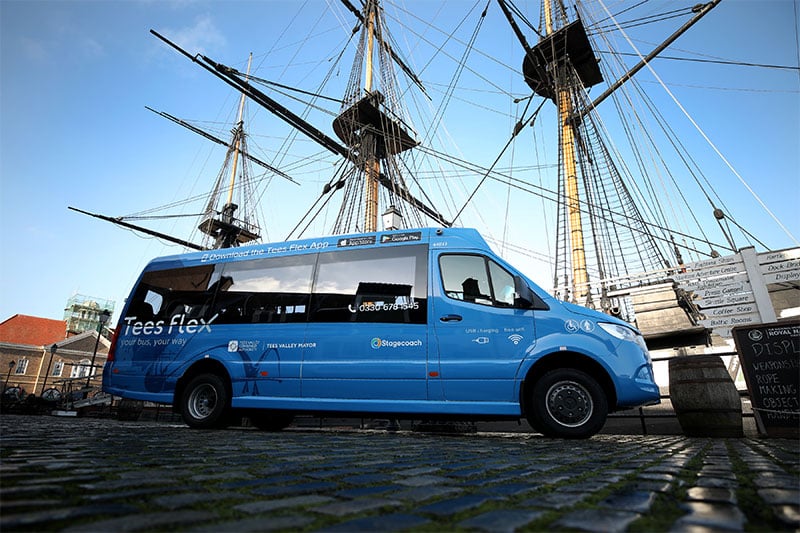
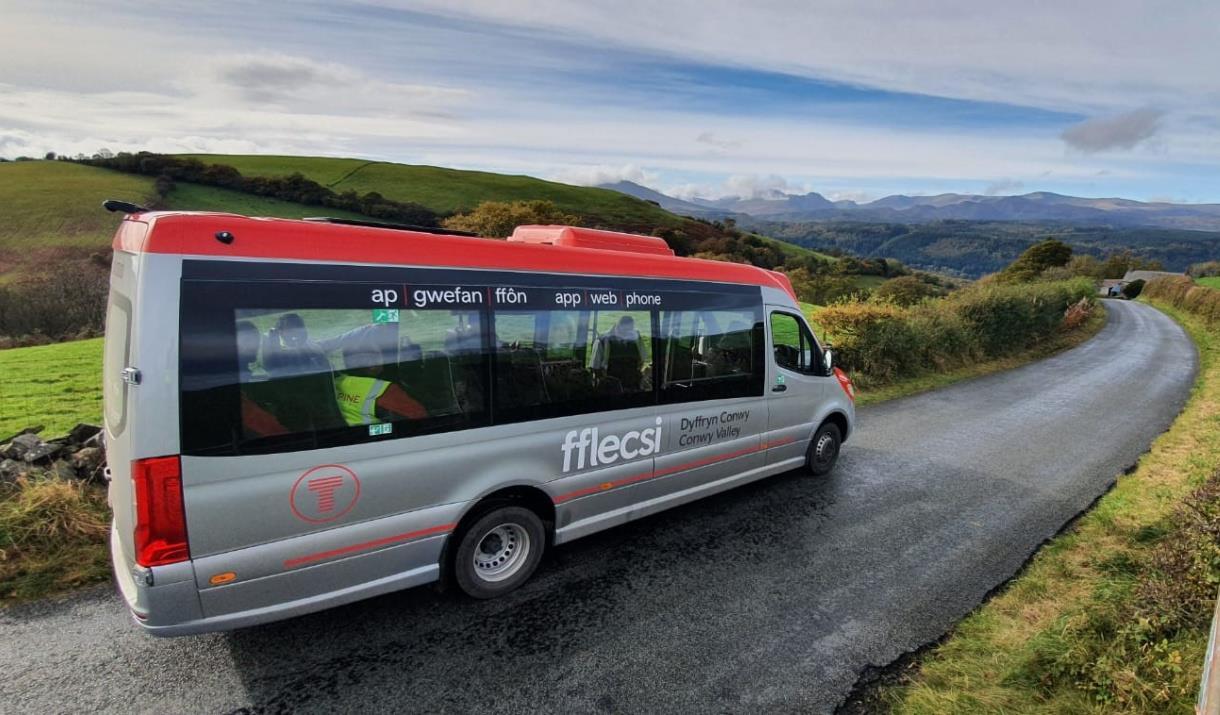
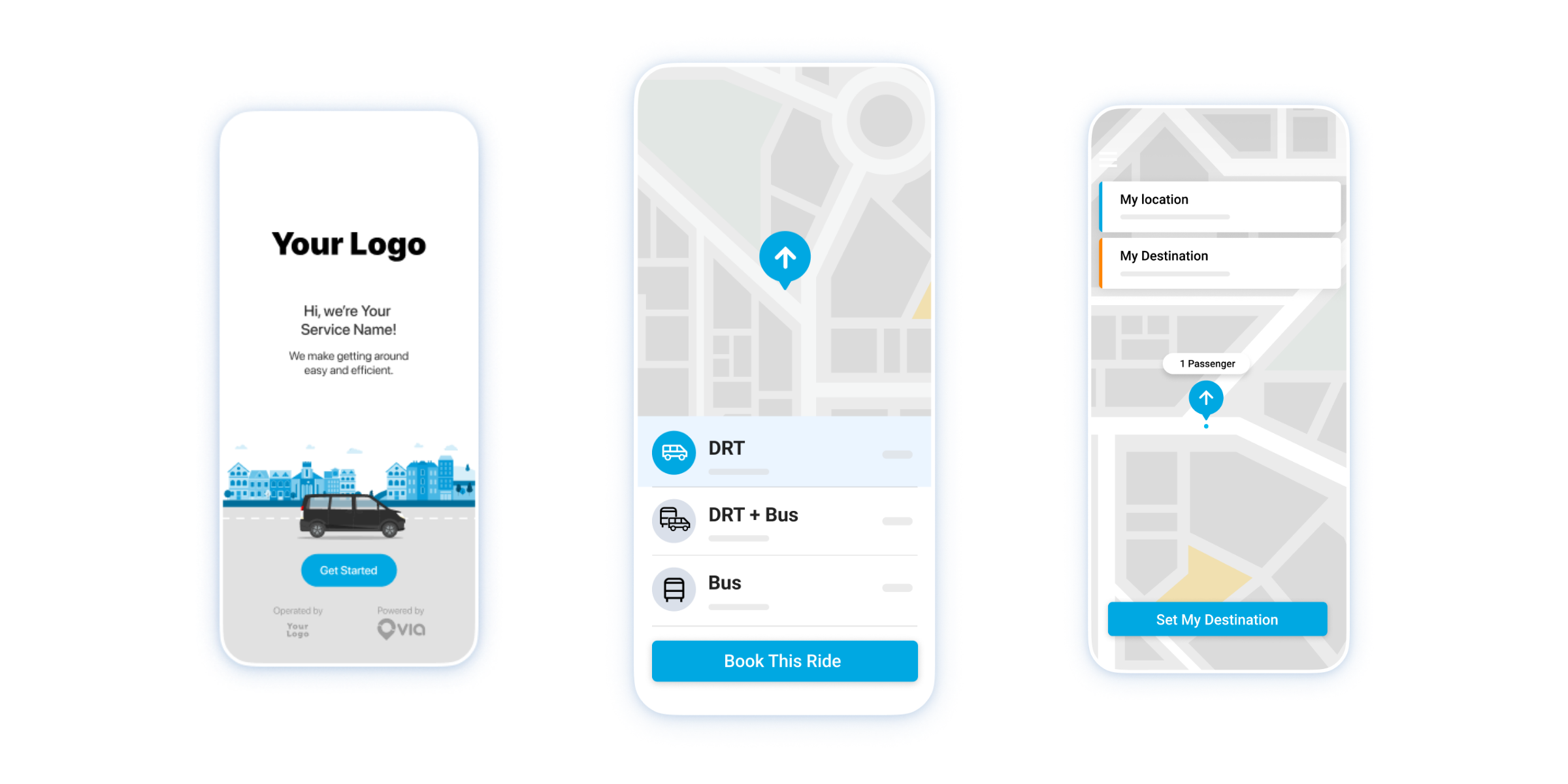

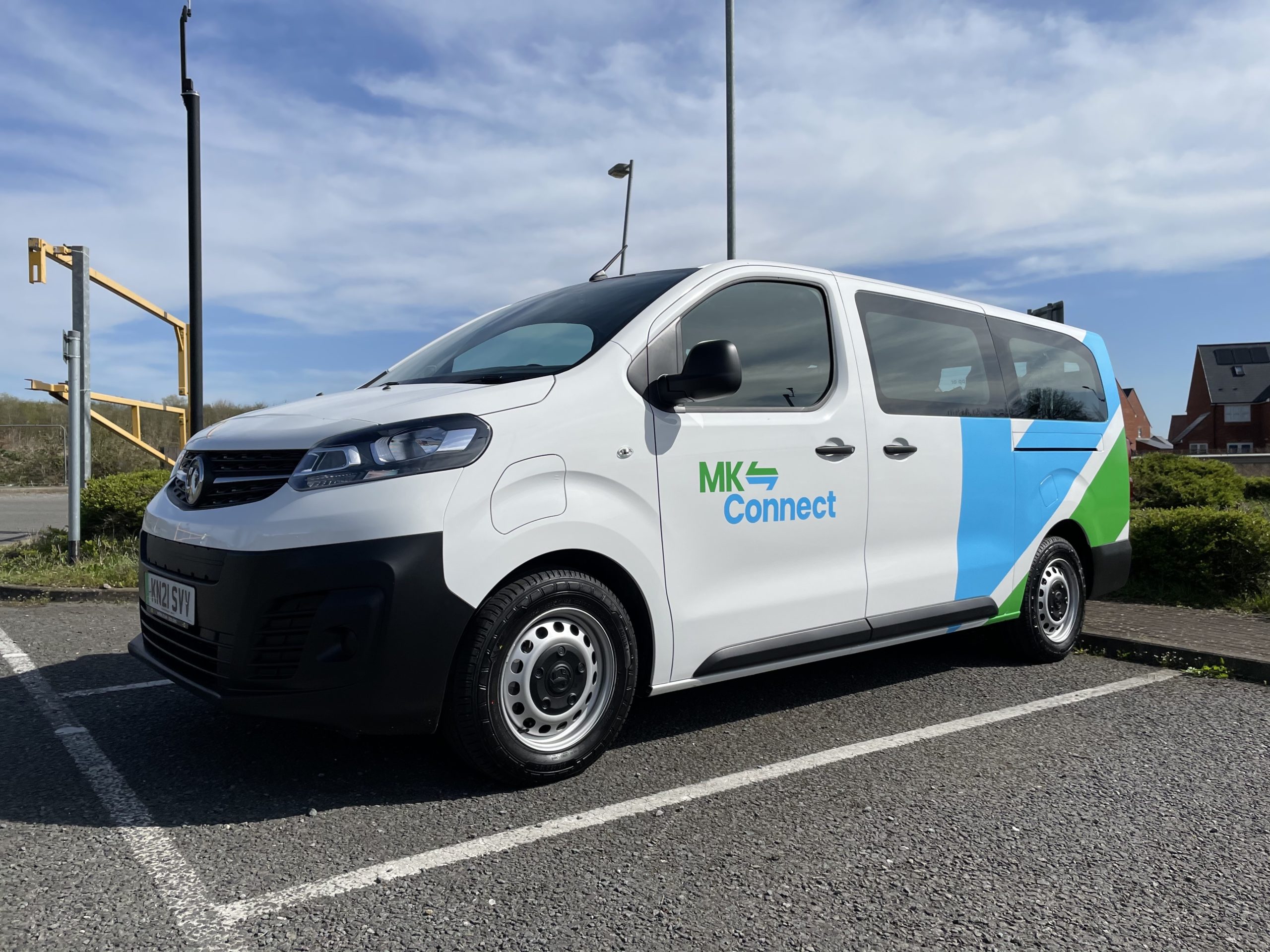



%206.png?width=71&height=47&name=The%20Buzz%20Blog%20Hero%20(1750%20x%201200%20px)%206.png)